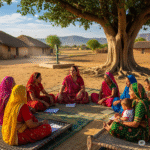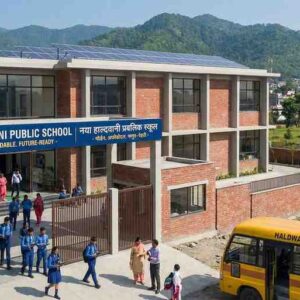New Delhi– In India’s quest for social equality, the reservation system in higher education is a double-edged sword. Aimed at leveling the playing field for marginalized communities, this policy has inadvertently deepened the rifts it seeks to heal, catalyzing class and caste tensions within educational institutions across the nation.
Purpose and Impact of Reservation
Originally instituted to provide educational and employment opportunities to underrepresented groups such as Scheduled Castes (SCs), Scheduled Tribes (STs), and Other Backward Classes (OBCs), the reservation system reserves a significant percentage of seats in public colleges and universities. This affirmative action aims to correct historical injustices and promote social mobility.
- Policy Mechanics
- By law, Indian public institutions reserve up to 49.5% of their seats for these groups: 15% for SCs, 7.5% for STs, and 27% for OBCs, with adjustments for economically weaker sections among the general population.
- Statistical Overview
- According to the Ministry of Education, the enrollment of SC, ST, and OBC students in higher education has risen markedly over the past decade, ostensibly a success in terms of inclusivity.
Unintended Consequences
While designed to foster inclusivity, the reservation system often exacerbates divisions based on class and caste, reflecting deeper societal cleavages.
- Perceived Injustice Among Non-Reserved Categories
- Students from non-reserved categories often perceive reservation as an unfair advantage that compromises meritocracy. This perception can lead to resentment, contributing to a hostile atmosphere that can pervade campuses.
- Stigmatization and Discrimination
- Reserved category students frequently face stigma, with their merit and capabilities questioned by peers and, sometimes, faculty. This discrimination can diminish their educational experience and academic performance, reinforcing rather than dismantling barriers.
Case Studies and Real-Life Impacts
Incidents highlighting the divisive impact of reservation are not uncommon, illustrating the complex interplay between policy intentions and real-world outcomes.
- Campus Conflicts
- Episodes of open conflict have erupted in prestigious institutions like the Indian Institute of Technology (IIT) and Jawaharlal Nehru University (JNU), where debates over reservation have sometimes turned violent. These conflicts often mirror larger societal debates about caste and privilege.
- Academic and Social Segregation
- In many universities, there is an observable segregation where students from different categories form separate groups, leading to a fragmented campus culture which can impede social integration.
The Path Forward: Seeking Reconciliation and Reform
As India continues to grapple with these issues, the call for reforming the reservation system grows louder, with advocates pushing for solutions that address both the symptoms and the root causes of caste and class tensions.
- Holistic Admission Processes
- Some suggest incorporating more holistic admission criteria that consider socio-economic backgrounds alongside traditional merit indicators, aiming to create a more equitable system.
- Enhanced Support and Integration Programs
- Universities could implement comprehensive support systems for all students, focusing on integration programs that promote understanding and cooperation among diverse student groups.
- Public Awareness and Education
- A broader societal effort to educate the public about the goals and benefits of reservation could help mitigate misconceptions and reduce stigma, fostering a more inclusive national mindset.
Conclusion
The reservation system in Indian colleges is a testament to the nation’s commitment to social justice but also highlights the challenges of implementing policies in a diverse society. As India moves forward, finding a balance that promotes both equity and unity will be crucial to healing the class and caste divisions that the reservation system, paradoxically, both bridges and deepens.













